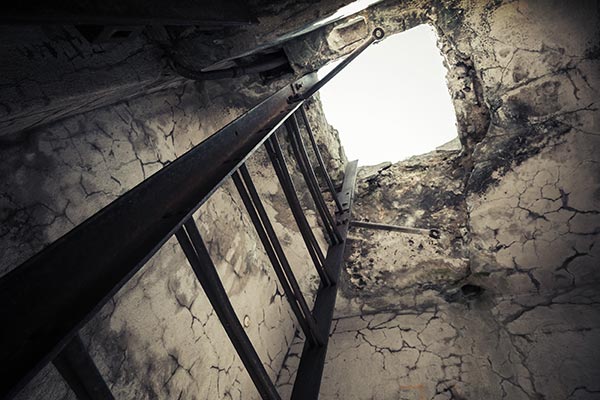Coffee prices are about to skyrocket thanks to unusual weather and COVID-19 labor shortages
09/25/2021 / By Cassie B.

If you can’t start your day without a proper cup of coffee, get ready to dig deeper into your pocket as analysts report that coffee prices are poised to soar.
The spot prices of Brazilian robusta coffee Espirito Santo have almost doubled this year, climbing from 356 to 769 reais per 60kg bag. The cheaper robusta beans used widely for instant coffee drinks like Nescafe have sold out in Brazil as weather conditions that damaged crops of the high-end arabica used by Starbucks prompted local roasters to seek robusta replacements, driving prices to record highs day after day.
At this time of year, Brazilian coffee farmers are usually filling their warehouses with a gigantic harvest of coffee beans, with trucks often waiting in long lines to get their cargo. However, this year’s crops are so small that there are hardly any trucks to be seen. It’s believed that Brazil harvested roughly 40 percent less Arabica coffee this year than last year and its lowest amount since 2009. That equates to two thirds of American coffee consumption, which is noteworthy as Americans drink more coffee than any other country in the world. This dramatic reduction in production signals shortages on the horizon for the beans. As a result, prices will continue to rise.
A big part of the problem can be traced to a freak cold snap that hit the country’s coffee-growing regions this summer. In addition, Brazil’s crop fluctuates every year between a low-yielding cycle and a high-yielding one, and this year was already a smaller one. The problem was exacerbated by massive droughts, which ultimately destroyed arabica crops and spurred the scramble to buy up robusta.
Relief seems unlikely anytime soon as it was estimated that Brazil’s coffee stockpiles were already at their lowest in decades even before the frosts hit in July. The bad weather will severely damage the next two arabica crops, with droughts causing twice as much destruction as frost. On top of that, Brazil’s dry season is expected to start earlier than it usually does next year.
Other coffee producers also suffering misfortune
U.S. importers normally source coffee from Vietnam when weather issues hit the Brazilian crops, but COVID-19 restrictions, port congestion, high freight costs and shipping container shortages have all but eliminated this option this time around.
The country, which is the world’s second-biggest coffee exporter, is in the midst of its worst outbreak of COVID-19 since the pandemic began. Exporting hub Ho Chi Minh City is in a lockdown that is significantly impacting coffee shipments. As a result, customs data shows Vietnamese coffee exports dropped 8.7 percent between July and August.
Bad weather has also impacted Colombia’s harvest. In addition, the emergence of the “mu” variant of coronavirus being seen there could well spur prolonged restrictions and shortages in labor that will cause further drops in production.
All of this is happening at the same time that demand for coffee is expected to start rising pretty dramatically. The lifting of coronavirus restrictions in Europe and the U.S. is likely to see many more coffee shops reopening in the coming weeks and months.
Consultancy Fitch Solutions raised its 2021 forecast for average arabica coffee prices from $1.35 to $1.60 per pound. At the same time, they moved their projection for 2022 up from $1.25 to $1.50 per pound.
Sources for this article include:
Tagged Under: coffee, coffee prices, Collapse, covid-19, food supply, grocery, harvest, inflation, shortage, supply lines, weather damage
RECENT NEWS & ARTICLES
COPYRIGHT © 2017 DISASTER NEWS





















